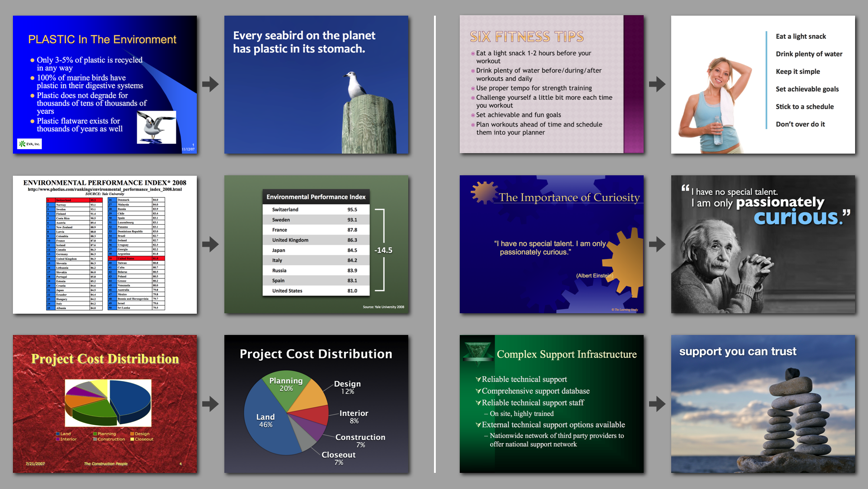“Any business arrangement that is not profitable to the other person will in the end prove unprofitable for you. The bargain that yields mutual satisfaction is the only one that is apt to be repeated.” B. C. Forbes
Most of us take part in some form of negotiation everyday. In life, skilled negotiators are able to close better deals, and reach mutually acceptable agreements faster. Ever since I undertook this entrepreneurial journey, negotiations seem to have become common place. I have come a long way from my early negotiations, at that time, very often I did not get the best deal possible . Experience however is a great teacher, and although I have made many mistakes in the past, I have also learnt much, which has honed my negotiation skills . Listed below are some key steps to be undertaken during negotiations, to ensure that a mutually acceptable agreement is reached quickly, fairly and efficiently.
1. Motivations & Interests: At the heart of every negotiation, each side has a set of motivations and interests which enable them to take certain positions on issues. Before beginning the negotiations, identify your personal motivations and interests for resolving the issue at hand. Internal clarity helps greatly to communicate your message. Next, we need to understand the other side’s position, as also why they have taken it. What are their motivations and interests on the particular issue? The initial round or rounds of negotiation need to include candid discussion to ensure as clear a picture as possible. To read specific examples please click here.
2. Focus on the Problem: The entire objective of negotiating is to find a mutually acceptable consensus. To ensure that this objective is achieved, we need to keep the process as simple as possible. This requires us to understand each other’s perceptions to ensure that we are on the same page. It also requires us to keep emotional baggage off the table. Lastly, we need to ensure that during the negotiation process both parties communicate clearly, and listen attentively. At the same time, we need to be aware of non verbal communications as well. Being focused on the issue and not deviating ,greatly improves the speed at which to reach an agreement. To read more specific examples please click here.
3. Develop Options: The objective of the option development phase is to arrive at a set of mutually viable and beneficial options. To reach this objective much collaborative work is required. We need to have several candid sessions whose sole purpose is to chart out maximum number of options. Each side has to ensure that its position’s and interests are clearly communicated, with the entire focus on how to maximize expectations by working together on a macro level. To read more specific examples of developing options please click here.
4. Alternatives: These are options which form our backup options if negotiations break down and agreement cannot be reached. Before the negotiation process, one should clearly list down all the available alternatives related to the issue at hand. Then list down possible alternatives that the other side may have. This gives a better understanding of how much room there is to negotiate. Alternatives are vital negotiation tools and need to be used tactfully to ensure that a fair agreement is reached. To read more specific examples of alternatives please click here.
5. Objective Criterion: These are benchmarks which provide a fair assessment to rate particular options against. Negotiations which use objective criterion’s usually result in fairer agreements. Therefore it is important that before one begins negotiations, criterions are researched and decided upon. Whether it is for purchasing a business or negotiating a salary increase, one needs to identify quantifiable metrics which can help make the decision making process easier and fairer.To read more specific examples please click here.
Negotiations are usually not very straight forward. Much of the time, emotions get in the way which complicates matters dramatically and frankly confuses both sides on procedural matters. To say that we need to keep all emotion out of the picture is not possible. What we need to do is to exercise a great deal of self control, and constantly put ourselves in the shoes of the other side. Only once we begin to see negotiations as a two-sided process will we be able to progress to becoming a more skilled negotiator. I wish you the best of luck in all your future negotiations.
